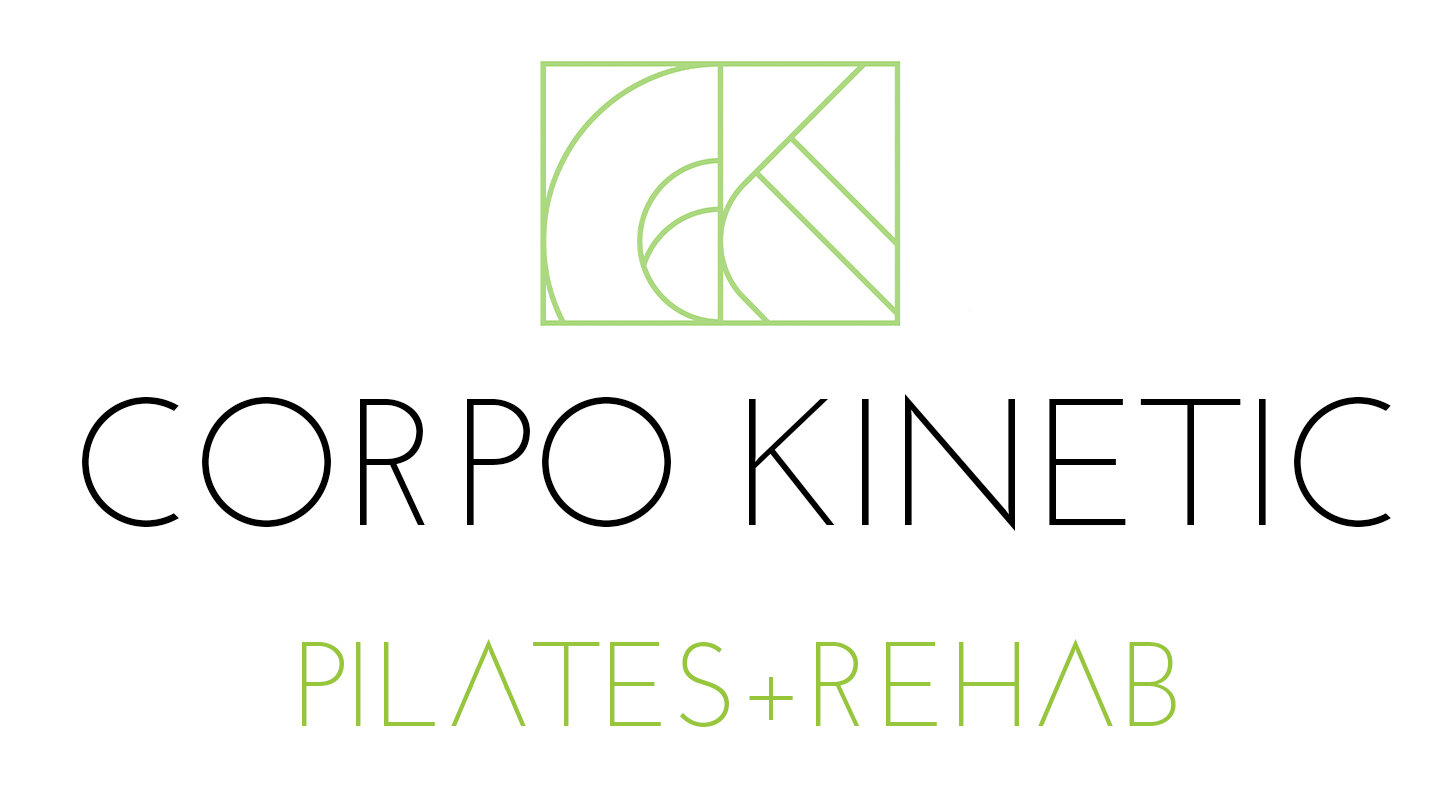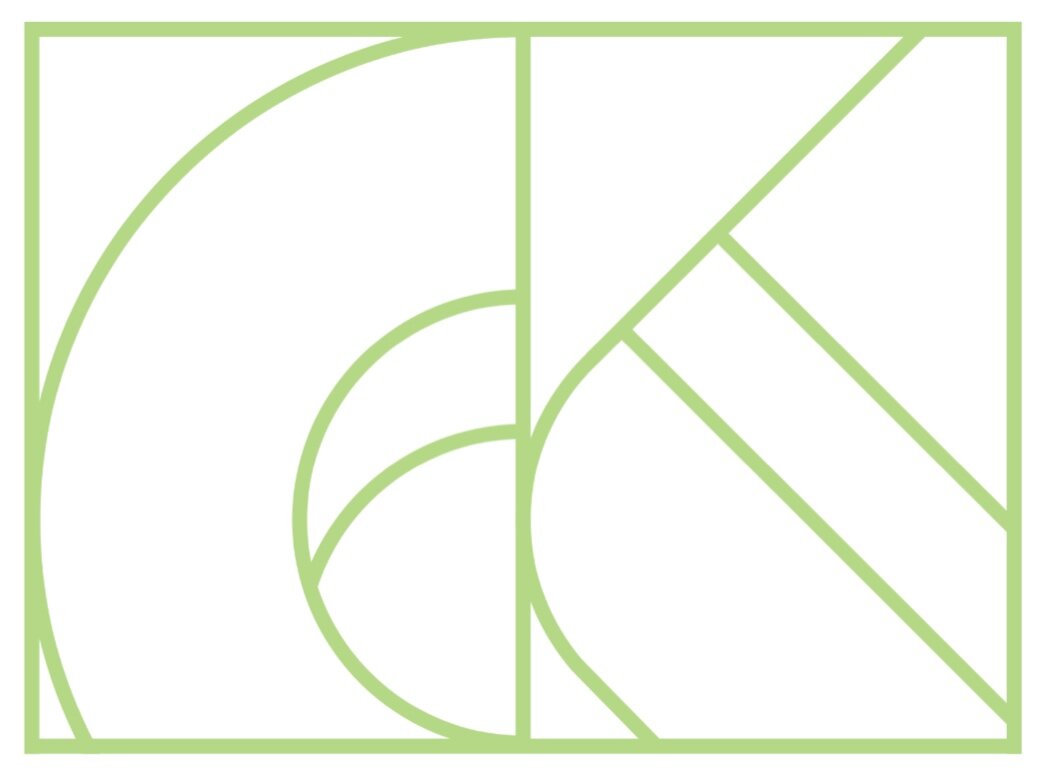Common Pilates Cues Explained
There’s some common lingo you’ll hear in Pilates classes. Regardless of whether your next class is your first or hundredth, let’s deepen our practice by reviewing some fundamental Pilates cues together.
Cue: Find your neutral pelvis
Explanation: We use different pelvic alignments in Pilates class for different purposes. Sometimes, you’ll be pressing your back down into the mat, in an “imprint.” Other times, it’s more functional to work in neutral, with a slight curve in your lower back. When an instructor cues “find your neutral pelvis,” they are inviting you to check on your pelvic alignment. Are you tucked under? Overarching your low back? From there you can adjust to a more neutral alignment, honoring the natural curvatures of the spine.
Not sure how to find your neutral pelvis? Check out our blog, “What’s A Neutral Pelvis? (And Why It Matters)” for more detailed information.
What to do when you hear it: This will depend on what position you’re in and what your tendencies are. We wrote a detailed blog on how to find your neutral pelvis in a variety of positions, but here are some quick tips:
On your back: With your ribs and sacrum (back of pelvis) planted on the mat, find a slight space between the bones of your lower back and the mat. (We like to imagine a blueberry resting under the low back!)
On your side: stack your hips and shoulders one on top of the other, reach the top hip far away from your shoulder, and find a lift of the bottom waist muscles away from the ground
Standing: put one hand on the low abs and one hand on your low back, find the spot where both hands are approximately parallel to the walls
Remember: every body is different, and you’ll need to find your own neutral alignment. No two humans’ bones are exactly the same.
Cue: Engage your deep abdominals
Explanation: Your instructor is encouraging you to get your transverse abdominals (deep abdominal muscles) to engage, instead of your superficial abs (rectus abdominis and obliques).
What to do when you hear it: The transverse abdominals cross our body laterally, so when we engage them we should feel a narrowing of our waist. We often like to imagine them as elevator doors closing into the center (or midline) of the body.
Cue: Pull your shoulders back and down
Explanation: Your instructor is helping you check in with your shoulder alignment. Often our upper traps at the top of the shoulder get over-active/tight and hunch our shoulders up to our ears (which can happen in daily life and/or during workout). It’s also very common to have tightness in the pecs and slightly rounded forward shoulders (check out our post on upper crossed syndrome).
What to do when you hear it: Think of your collarbones widening as the shoulder blades slide back (out of the rounded forward posture) and down the ribs behind you. You’re trying to get the shoulders away from your ears, encouraging the upper traps to lengthen. Sometimes it can help to shrug your shoulders up to your ears so that you can really feel the difference as they slide back down to the hips.
Cue: Stack your shoulders and hips
Explanation: This cue is often given when we lie on our side and it’s intended to help us bring our body into a more neutral alignment. When we lie on our side, gravity takes over and pulls us (and our spines) towards the earth. This can result in:
Tilting our pelvis so the top hip (closer to the sky) will be hiked up towards your top shoulder and the bottom waist relaxed down into the mat, &
Rotating our pelvis or upper body so the top shoulder and /or hip are either forward of the bottom ones, or behind.
What to do when you hear it: To resist the pull of gravity, we need to:
Encourage the top hip away from the top shoulder. When you do this, you’ll feel a lifting of the bottom waist — that’s you activating your core and resisting gravity!
Imagine you’re in between two panes of glass (one behind and one in front of you). Can you align your body so that you wouldn’t be touching the glass on either side? You can practice this against a wall - lie on your side, with your knees bent in front of you. Can you find an even connection of both shoulders and both hips against the wall behind you?
Let’s Move!
Book a group class or private session to use what you’ve learned:

